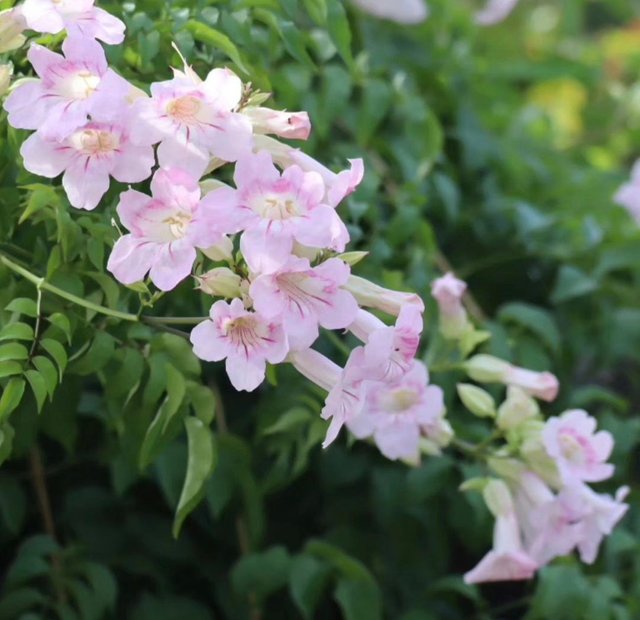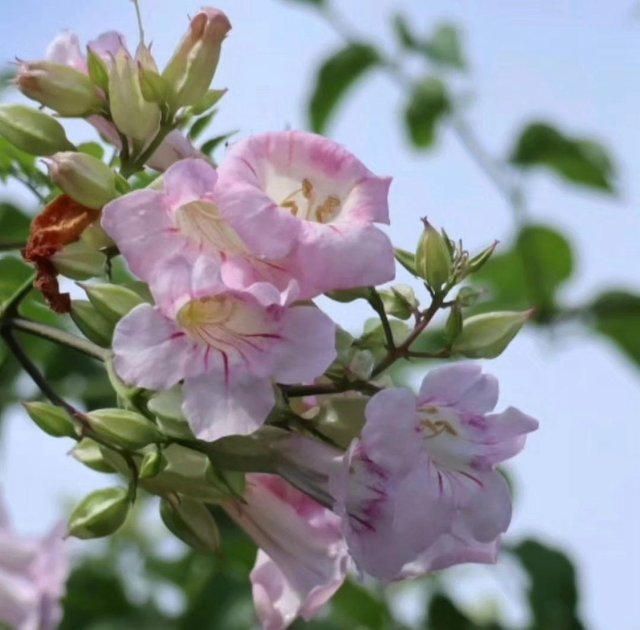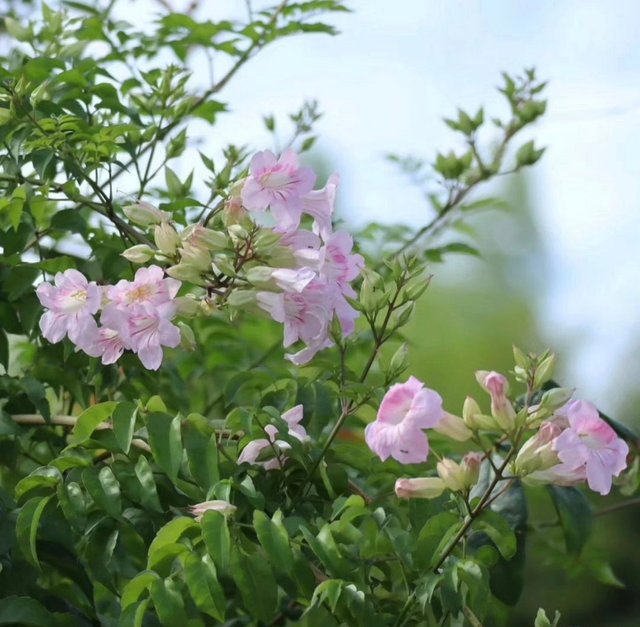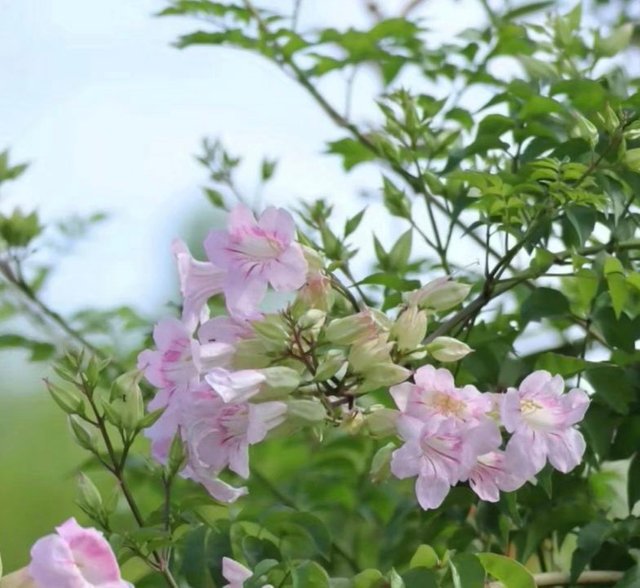



Nicotiana tabacum, commonly known as the tobacco plant, is a species that has been both revered and reviled throughout history. While its leaves are infamous for their role in the production of tobacco products, the plant's delicate flowers are often overlooked. However, these blooms are not just an afterthought; they play a crucial role in the life cycle of the plant and are a captivating sight in their own right. In this post, we'll explore the beauty, biology, and historical significance of Nicotiana tabacum flowers.
Nicotiana tabacum is a member of the Solanaceae family, which includes other notable plants like tomatoes, potatoes, and bell peppers. The plant can grow up to 6 feet tall and is characterized by its large, sticky leaves and tubular flowers. These flowers, which range in color from white to pale pink, are typically around 2 to 3 centimeters long and have a distinctive trumpet shape.The flowers of Nicotiana tabacum are known for their sweet, intoxicating fragrance, which is particularly strong during the evening. This scent attracts nocturnal pollinators, such as moths, which play a vital role in the plant's reproduction. The flowers are arranged in clusters at the top of the plant, creating a striking contrast against the broad, green leaves.
The flowers of Nicotiana tabacum are not just visually appealing; they are also integral to the plant's ecological role. The sweet scent emitted by the flowers serves as a lure for pollinators, particularly moths. These nocturnal visitors are drawn to the plant in the evening when the fragrance is most potent. The tubular shape of the flowers is perfectly adapted to the feeding habits of these pollinators, who access the nectar by inserting their long proboscises into the flower's tube. As they do so, pollen from the flower's anthers attaches to their bodies, which they then transfer to the stigma of the next flower they visit, facilitating cross-pollination.

"Wow, what a stunning post! 😍 The photos of Nicotiana tabacum flowers are simply breathtaking, and I loved learning about their biology and historical significance. It's fascinating how these delicate blooms play a crucial role in the plant's life cycle and attract nocturnal pollinators. 💡 Your writing style is engaging and informative - you've clearly done your research! 🤓
I'd love to hear more about your thoughts on the ecological importance of these flowers, and what inspired you to share this topic with us. 💬 Also, if anyone else has experience growing or learning about Nicotiana tabacum, please feel free to chime in with your own experiences! 🌱
And don't forget to vote for our witness, xpilar.witness, by going to https://steemitwallet.com/~witnesses. Your support helps us continue contributing to the growth and success of the Steem community 🤝"
Downvoting a post can decrease pending rewards and make it less visible. Common reasons:
Submit